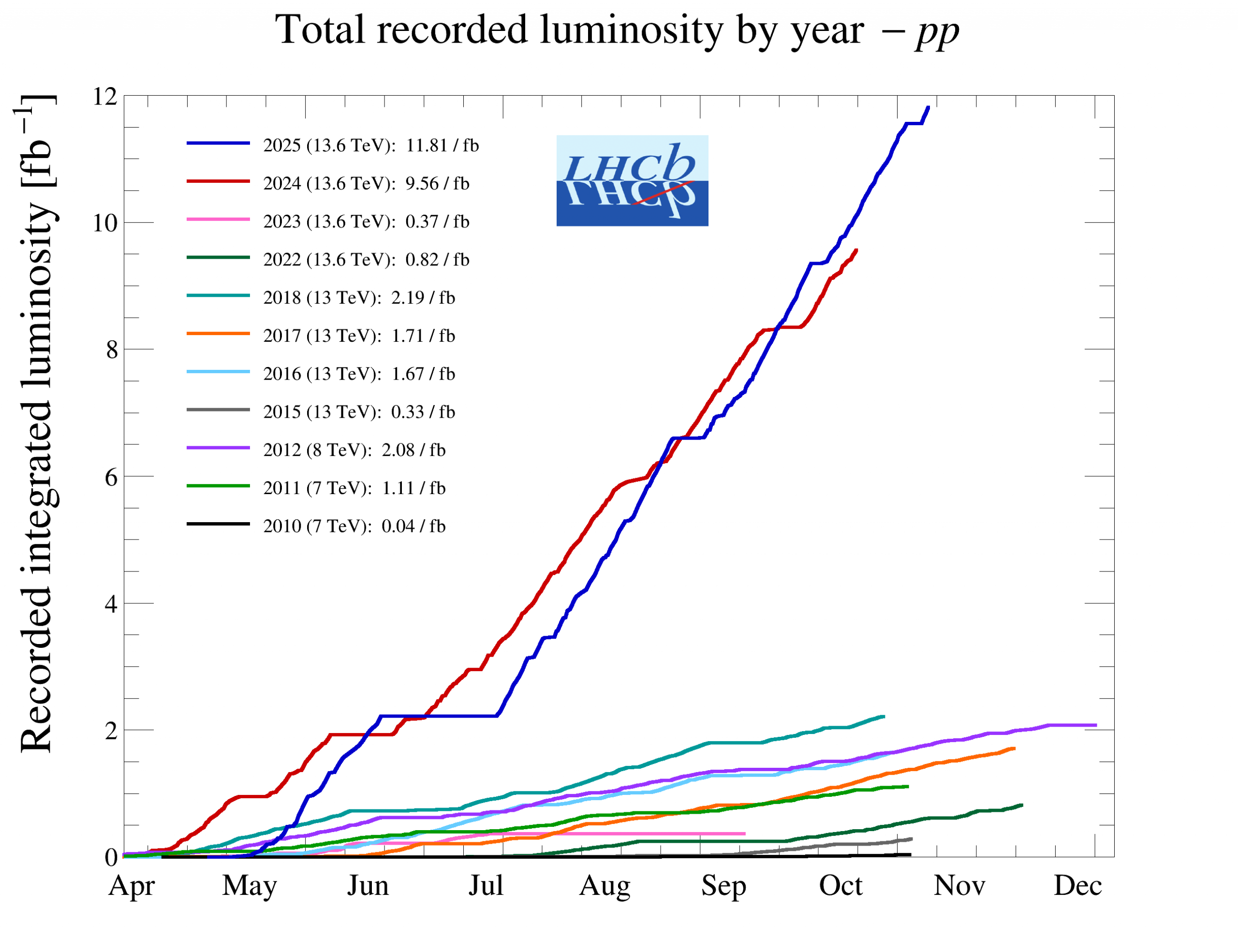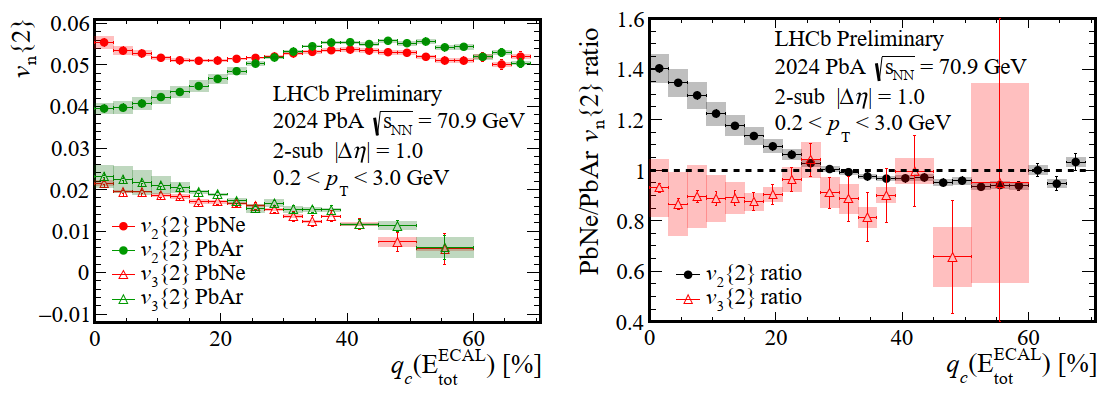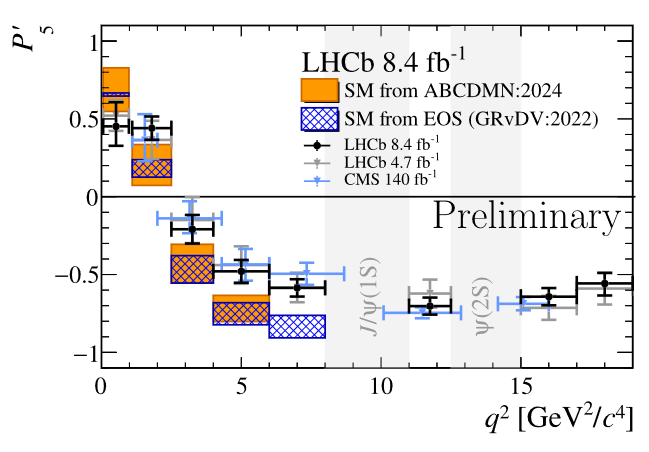-
Precision measurements of CKM angle γ, charm mixing and CP violation

Today, at the CERN seminar, the LHCb collaboration reported an improved determination of the CKM angle γ with a precision of 2.6°. This result was obtained by a simultaneous combination of measurements sensitive to the CP-violating angle γ of the Cabibbo-Kobayashi-Maskawa (CKM) unitarity triangle, to the charm parameters describing oscillations (mixing) between D0 and D0…
-
End of the 2025 proton-proton collision run

The proton–proton (pp) data-taking period for 2025 has just come to an end. Thanks to the commitment and expertise of members of the LHCb collaboration, the outstanding performance achieved throughout the entire pp run has been made possible. LHCb has successfully collected 11.8 fb-1 of high-quality pp data. The image on the left below shows…
-
The LHCb collaboration turns 30!

In August 1995 a Letter of Intent was submitted for the LHCb experiment, the world’s first dedicated B-physics experiment exploiting the unique potential of high-energy hadron-hadron collisions. This year, the LHCb collaboration has marked the 30th anniversary of this event. Click the cartoon (by Adrien Miqueu) for a higher-resolution version. The bound state of a…
-
Special light-ion LHC runs

The LHC carried out a special run programme early summer. First results were reported by the ALICE, ATLAS, CMS and LHCb experiments at the Initial Stages of High-Energy Nuclear Collisions conference. These results were also presented at a CERN seminar and reported in a CERN news. During these special runs LHCb successfully acquired proton-oxygen (pO)…
-
Searching for new physics with the flavour changing neutral current decay B0→K*μ+μ–

Last week at the LHCC open session and this week at a CERN seminar, the LHCb collaboration presented the legacy results from Run-1 and Run-2 data of the angular distributions of B0→K*μ+μ– decays. The analysis of B0→K*μ+μ– decays presents a promising method for exploring the potential effects of undiscovered particles (see the CERN Courier article…
